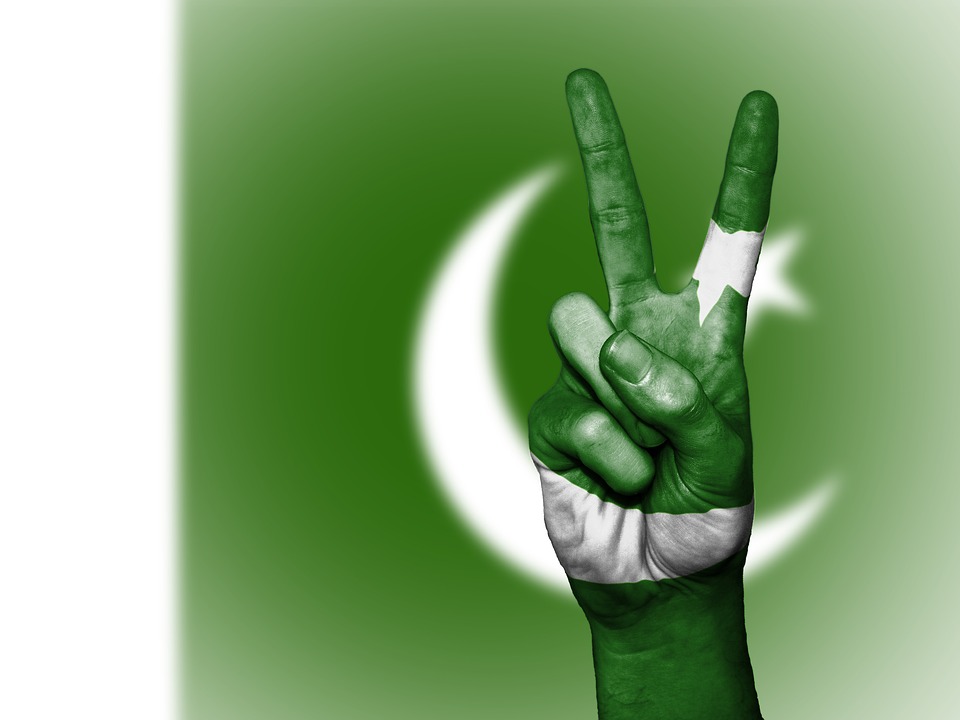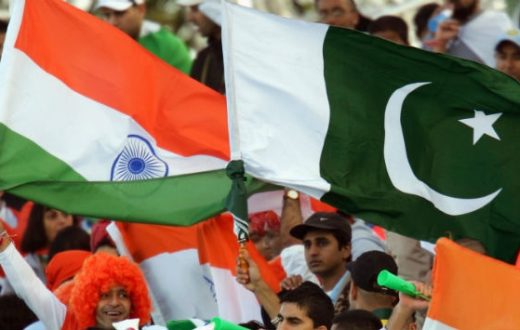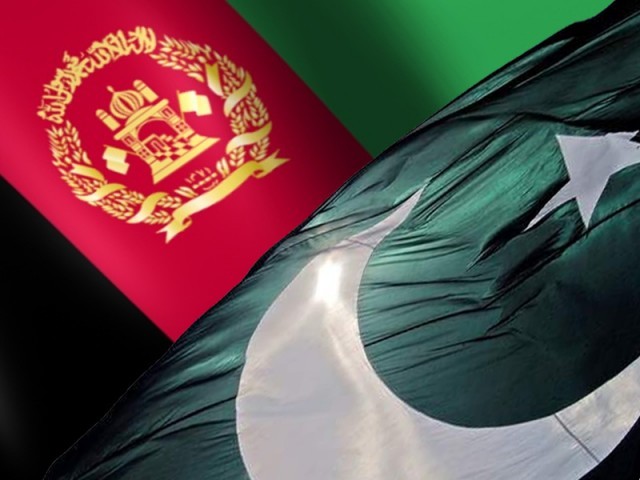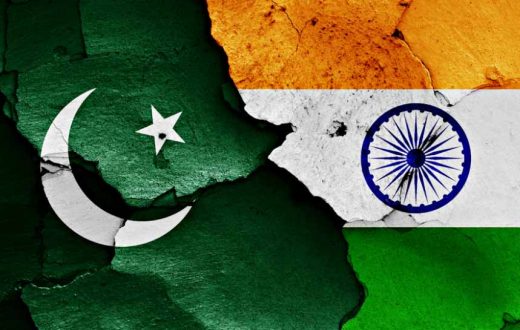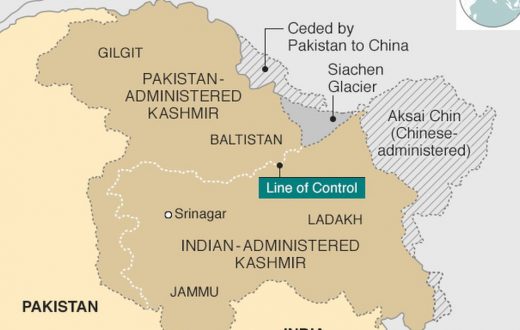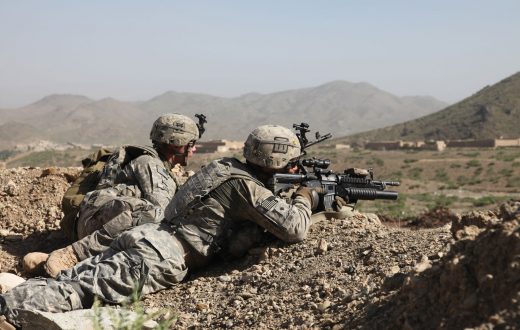In the year 1947, Pakistan came into being. From conception to legal existence, this was one of the fastest creations of a modern state. There were strong claims, of all its citizen belonging to one nation, but it lacked many of the epistemological groundings for the same. It was a multiethnic state, and because of its quick formation, there was a greater impetus or pressure to create a national narrative(for the creators, it would be the national narrative). If any constituent nationality withdrew, as it happened in 1971, the very basis of Pakistan’s creation would be in question.
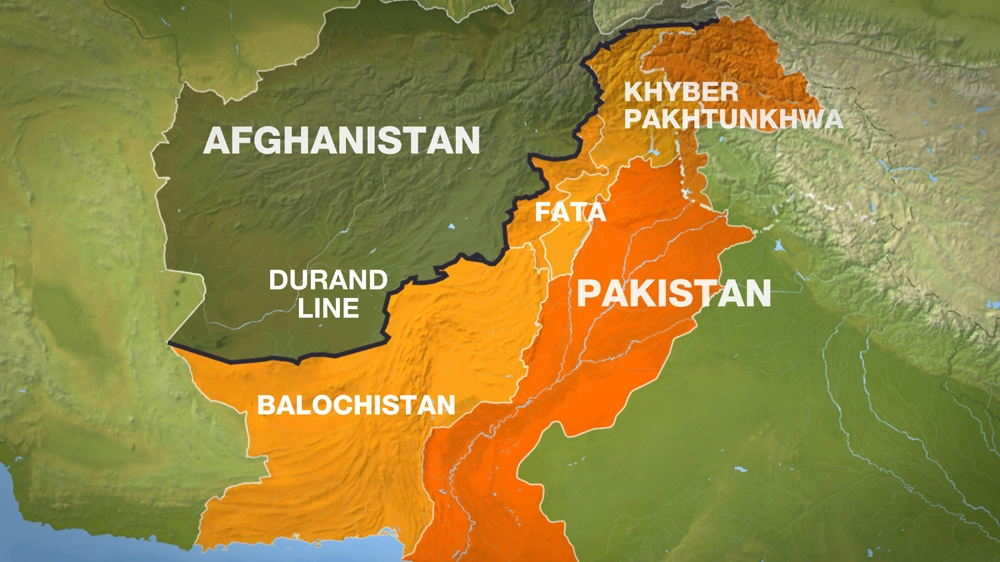
Credit : Al Jazeera
Since the beginning, Afghanistan challenged Pakistan’s right to the Pakhtun(Pashtun) areas within Pakistani limits. Nations being imaginary and functional communities lead to their constituents having a level of interoperability that all states aspire (Anderson, 2006). Pashtuns who were in the majority and the ruling group in Afghanistan had a national, ethnic tribal and clan consciousness, (Shahrani, 2002) though not without contradictions, and Pakistan feared this would pose a future challenge for it had a large Pashtun populace.
In the previous century, Afghans had fought many wars with the British rulers of Pakistan[1](then a part of British India) and had lost their territories to the east and south. Historically, borders between governed entities have always changed and have been contested.
The historical genesis lies in the colonial rule over the territory currently with Pakistan. When the British got Punjab and Sindh in 1849, they experienced the regular Afghan raids over these areas and thence endeavoured to have a settled border in this area which ultimately led to the Durand line in 1883 (Omrani, 2009).The dispute between Afghanistan and Pakistan was at the beginning an issue between two states, both claiming to be nations and they each had one predominant nationality. With time India also became an issue for Pakistan.
What is strategic depth?
Strategic depth is the concept of having a hinterland to which the government, military (and its assets) and vital installations can move to in times of war if the enemy comes very close. This zone would allow a chance to regroup for defence and compel the enemy to make further inroads, forcing it to invest in more troops, transportation, and logistics. A supply chain would also have to be put in place. The defender, however, is in familiar territories and has the time and space advantage.
Pakistan’s concept of strategic depth
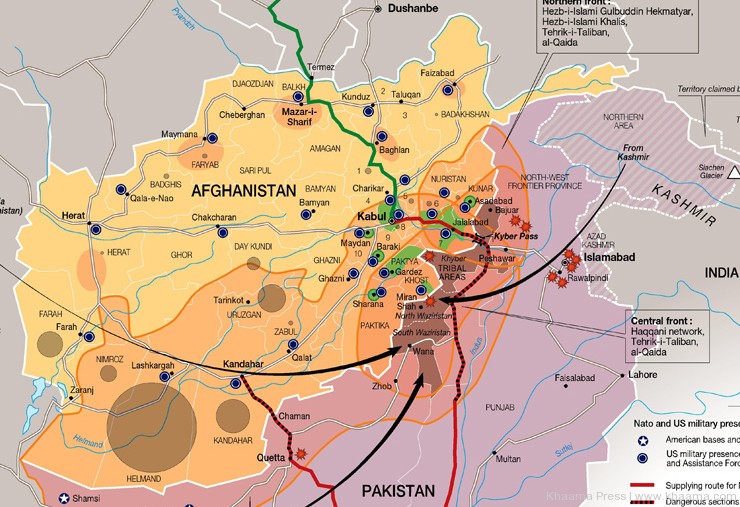
Credit : Khaama Press
Pakistan has sought strategic depth in Afghanistan against India. This stems from territorial insecurity, of having a geographically long but thin country that can easily be penetrated (Rashid, 2010) by a strike corps of Indian Army, more so after the loss of East Pakistan(Bangladesh). For this reason, it has opposed any Indian influence in Afghanistan that can jeopardise its grand control plans in Afghanistan.
The Soviet jihad was in many ways beneficial to Pakistani power apparatus’ interests as it could now direct the war against its adversaries; the rulers Amanullah Khan, Mohammad Najibullah
Ahmadzai and Burhanuddin Rabbani, when he came to power after Dr Najib’s stepping down (Khalilzad, 1995).
In 1996 with the domination of Afghan polity by Taliban, Pakistan came very close to achieving the desired strategic depth, but with the beginning of Global War on Terror(henceforth referred to as GWOT), Pakistani territory ended up providing strategic depth to Taliban[2].
Pakistan- story
Pakistan was much well integrated with its neighborhood before its existence as a political entity. The very lands that are today known as Pakistan were politically and socially much closer to central Asia, Iran, and other parts of South Asia. Its port of Karachi was the most important port in the region. The key ports in southern[3] Asia at that time were Aden, Karachi, Singapore, Hong Kong. With the creation of Pakistan, the initial years involved an isolation from its neighborhood to consolidate its unique separate identity. This isolation was political, social and economic. In fact, Pakistan was closer to the other major countries of the world, politically, like UK, USA, PRC, Turkey and West Asian countries.
Afghanistan-Pakistan Issue
Afghanistan and Pakistan were conjoined twins due to the Durand line issue and the shared population of Pashtuns. The Pashtuns were often a disquieted group. Pashtuns of FATA[4] more so. Those living in Khyber Pakhtunkhwa (then, NWFP) were closer to the state than those residing in FATA. There were efforts to extend the domestic policy in these tribal areas to the foreign policy geared towards Afghanistan. Pakistan also continued many of the policies that the British before them had practiced with respect to the Afghans.
In 1954-55 Pakistan unified all its provinces in West Pakistan providing Afghanistan the impression that its influence in Pashtun areas of Pakistan was being extinguished permanently (Omrani, 2009).
Pakistan would also want to avoid the nutcracker situation where it has to face adversaries on both sides; India and Afghanistan, who may cooperate against Pakistan (Durrani, 2010).
Pakistan’s fears are not entirely unwarranted. Afghanistan though not a great power had considerable military and political strength during Daud Khan’s rule. It had a strong influence in zones within de facto Pakistani territory. This derived from the cultural aspects, something that is often underplayed in International Relations. In South Asia, some identities are stronger than nation, territory and perhaps religion.
Afghanistan used this influence and ability and first laid claim to the Pashtun lands, within the territory of Pakistan that had been annexed by British in the Anglo-Afghan wars, in 1847 (Chopra, 1974).Soon, Afghanistan was receiving arms and aid from USSR. There were clashes followed by suspension of diplomatic ties in 1955 and 1962. Pashtun nationalists supported Afghanistan in Pakistan on many occasions (Rashid, 2010).
Anti-Soviet Afghan Jihad
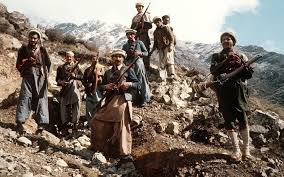
Credit : Al-Jazeera
The Anti-Soviet Afghan jihad in the 1980s was a great opportunity for the Pakistani government as it was able to send in Pashtuns pliable to its cause to rule Afghanistan and hence placing the issues that Kabul raised time and again, in the backburner. The ruling PDPA government was systematically delegitimized and militarily defeated by mujahedeen, who were constituted by Pakistani and refugee Pashtuns(Afghan Pashtuns in Pakistan as refugees) among other Afghan ethnicities.
Pakistan also moved many militants to Afghanistan, who were trained to act against Indian interests in Jammu and Kashmir. This was done under American pressure[5] in 1993 to show that it was removing anti-India terror infrastructure, whereas it was merely relocating them for advanced training, (Gardner, 2017).
The war on terror since 9/11 has turned up to be a multi-generational struggle. Terrorism[6] in its modern sense, anywhere, has been a long-lasting effect and not just a series of events. Pakistani security establishment has for long subcontracted attacks within Afghan territory7 to other agents(Khalilzad, 2017).
The focus of the GWOT has been in this region commonly called Af-Pak, but this does not mean that there has been no historical tussles.
Pakistan was not recognized by Afghanistan when it was created. As per Afghan sources, they were supposed to get back the lands of KPK8 and FATA[7] at the end of the hundred year lease to the UK signed by Akbar Ali. There were skirmishes between Afghanistan and Pakistan after the 1950s. Afghanistan approached the USA for support, but USA needed Pakistan against USSR influence. So, Afghanistan unable to get what it needed, was backed by USSR in its tussles with Pakistan. This reached a peak when PDPA came to power as PDPA government was directly opposed by Pakistan. Pakistani proxies often entered Afghan territory to launch attacks, and these were responded in kind. (Fair, 2014)
The government in Afghanistan after the 1978 coup, wherein Daud Khan and his entire family were killed, was not much liked by people and was opposed by large sections of the political elite.
To face the crises much more Soviet support was sought by the government.
Pakistan empowered its proxies with American and Saudi funding through ISI control and direction (Weinbaum, 1991). Pakistan gains further leverage but its proxies were unable to deliver hence Taliban was allowed to move into Afghanistan and capture Afghanistan district by district. Taliban secures and brings in a form of government and stability while keeping Pakistani interests in mind and protecting and safeguarding them.
In Afghanistan-Pakistan relations, water plays a crucial role as it’s a need for both countries especially as both are arid and temperate. The Soviet Union and America had both funded agricultural programmes in Afghanistan. Many a dam were constructed. With the civil war, there was a break in these activities and Afghanistan was reduced to a dependency for all its economic activities. But a revitalized Afghanistan stands to make choices that might undercut Pakistan. Hence, national security and natural resources come out as two fundamental Pakistani interests in Afghanistan.
Jyoti Ranjan Pradhan



